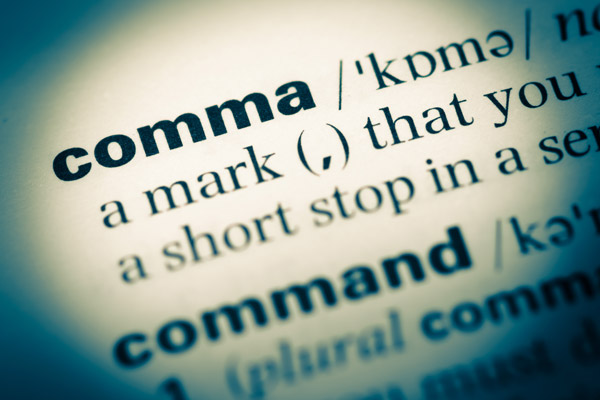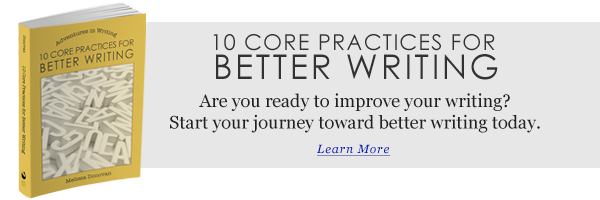

There’s a fine art to using commas. Today we’ll look at how commas work with clauses — both dependent clauses and independent clauses. And don’t worry if you’re not sure which clause is which. Everything will be explained.
An independent clause can stand alone as a sentence: I watch movies.
Two independent clauses can be joined with a conjunction: I watch movies and I watch television.
A comma can be placed before the conjunction: I watch movies, and I watch television.
So, should you use commas before conjunctions that connect two independent clauses?That depends. According to The Chicago Manual of Style, “…a comma usually precedes the conjunction. If the clauses are very short and closely connected, the comma may be omitted.” For a sentence as short as “I watch movies and I watch television,” the comma is optional, but consider the following:
I have been watching movies and television since I was just a child, and I’m sure I’ll continue to watch movies and television for many more years to come.
In the sentence above, which is considerably longer that the first one, the comma adds rhythm and helps to break up an otherwise lengthy and wordy sentence.
What about dependent clauses? Dependent clauses are put together to form a sentence, and at least one of the clauses relies on the other.
Clause #1:
When I go to the movies
I spend too much money
The first clause is a dependent clause because it requires the second, or main clause, in order to make sense. These clauses can be flipped:
I spend too much money
when I go to the movies
When the dependent clause comes first, it should always be followed by a comma:
When I go to the movies, I spend too much money.
But if the main clause comes first, no comma is required:
I spend too much money when I go to the movies.
As you all know, writing can bring up some interesting issues, and it’s not always clear whether commas should or shouldn’t be used in various situations. However, the use of commas often adds to the clarity and rhythm of a sentence and therefore makes an entire piece flow more smoothly.
This has been a brief introduction to using commas with clauses. Can you think of some more elaborate examples? Leave a comment!

A good introduction to the use of commas. A tricky example is a second clause which starts with however. I would love to do that; however, I can’t. Reply
Melissa Donovan on February 19, 2008 at 11:56 am Manictastic, yes, that’s a great example using a comma and a semicolon. Double bonus! Reply Michele on February 19, 2008 at 10:46 pmThis is a very nice post explaining commas, Melissa. It flows so nicely! Great information and great read! I ordered The Chicago Manual of Style, and I can’t wait until it arrives! 🙂 Reply